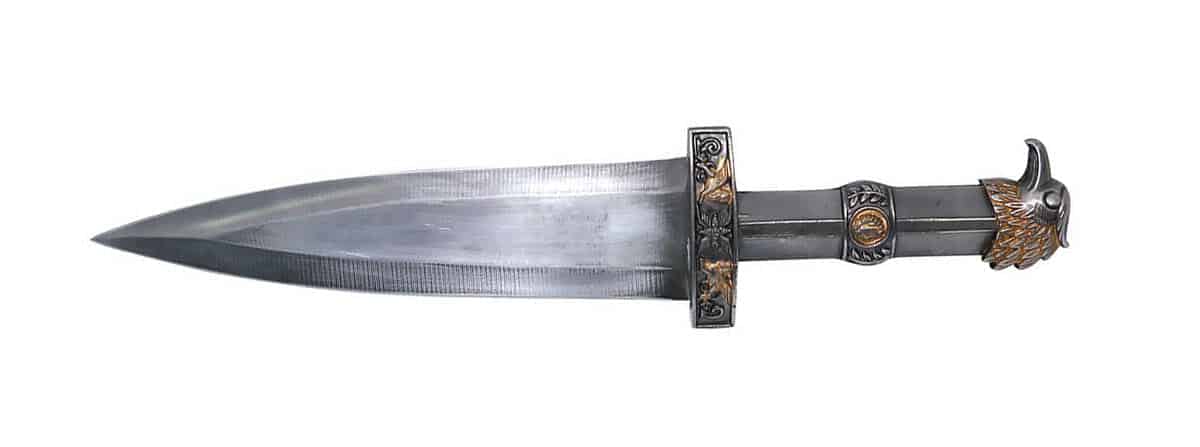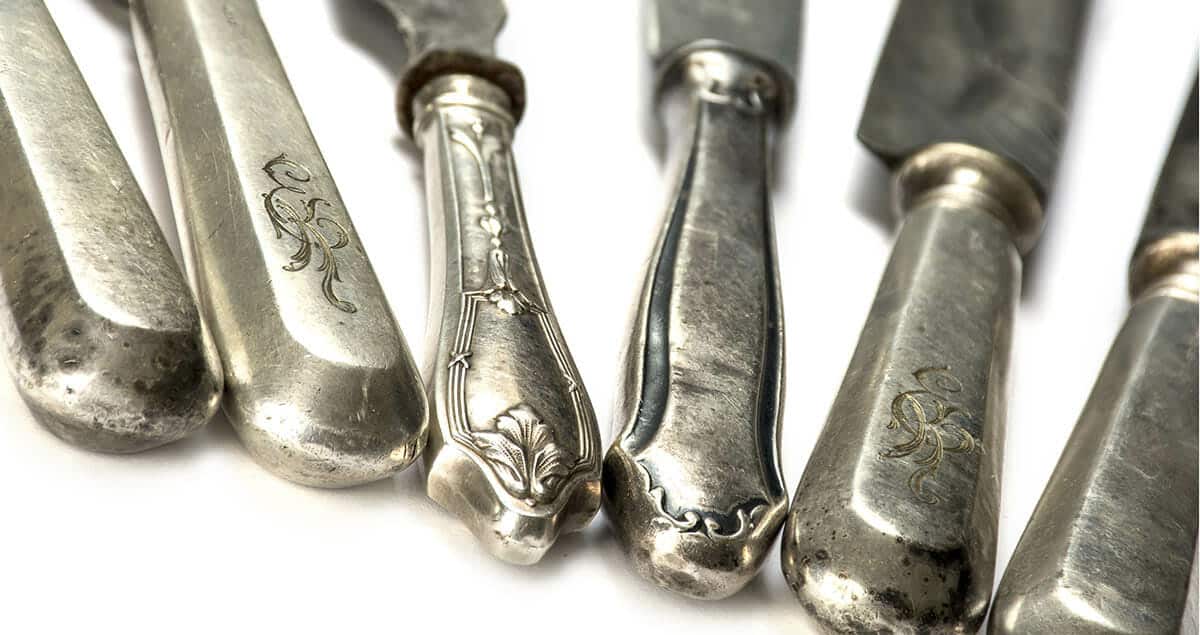From flint to stainless steel
Humans have a special connection with hunting tools, especially knives. Even in prehistoric times, knives were the preferred tool of man, used not only for hunting but also for survival. Later, knives became indispensable for construction and food preparation. Knives began as sharpened tools and slowly evolved into the modern knife we know today.
Flint was a favorite material of our early ancestors. A soft stone, flint can be easily shaped and reshaped when its pointed end becomes dull. When humans discovered metallurgy, knives were made from bronze and copper. As technology developed, so did the knife. Iron was discovered, and the knife we know today was born.
The knife as a weapon of war

In medieval Europe, knives became larger and longer, and evolved into swords. Later, other weapons such as spears and axes began to appear, and the knife thus became a weapon of war.
Knives are also widely used in food preparation. In the 15th century, wealthy people began carrying knives that served a dual purpose: for protection and for eating. At that time, hosts were not required to provide their guests with utensils or cutlery. Wealthy men began carrying knives with them to cut their own meals and those of women who were nearby. From the 17th century onward, the use of knives at meals became widespread.
The birth of the kitchen knife

The shape of the table knife was changed by decree of French Cardinal Richelieu in the late 1630s. The cardinal hated the use of sharp, pointed knives for meals. He successfully convinced King Louis XIV to ban the use of double-bladed knives throughout the country. This act gave rise to single-bladed knives with a blunt tip, which became the standard table knife throughout Europe.
Mass production with the advent of new technologies
The blunt-tipped knife also gave way to the 4-pronged blunt-tipped forks that later became standard in Europe, including the United States, which was one of the last territories to adopt blunt-tipped eating utensils.
The knives and kitchen utensils we know today were standardized when humans discovered stainless steel in the 20th century. This made knives, spoons, and forks easy to manufacture and maintain.





